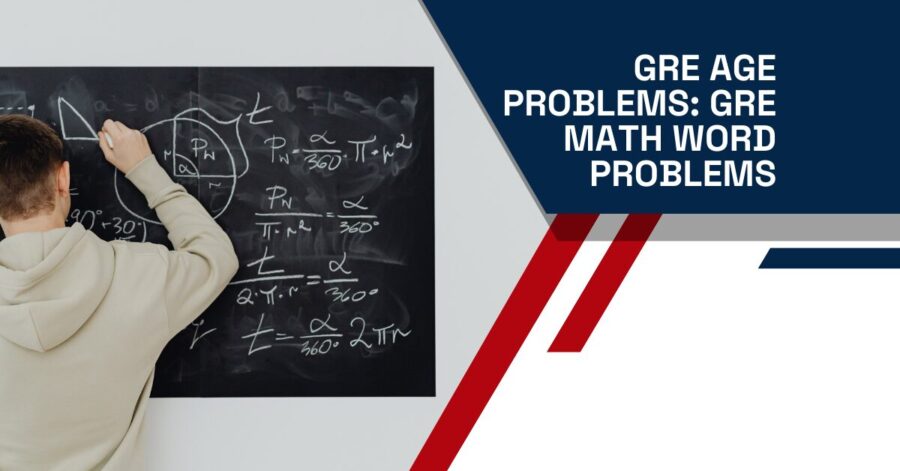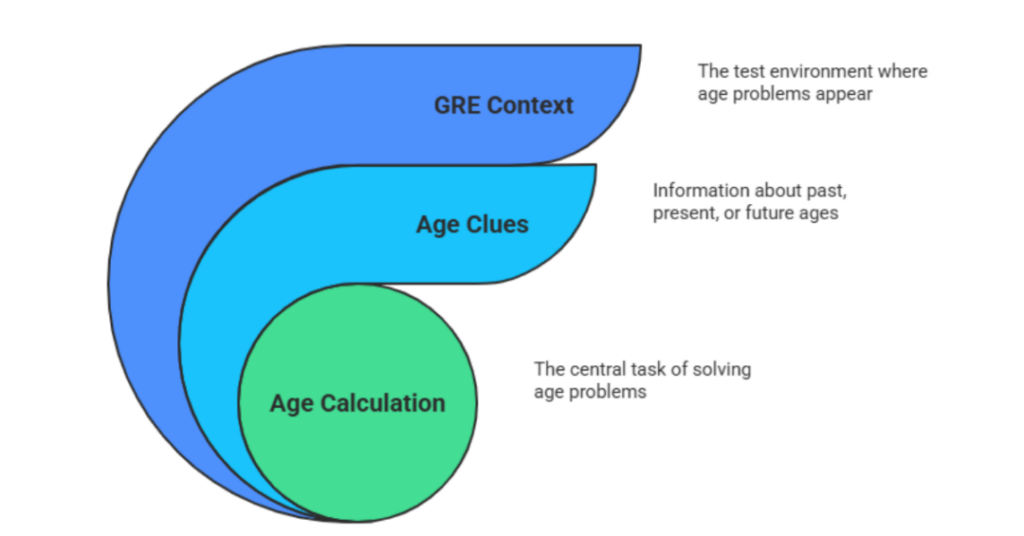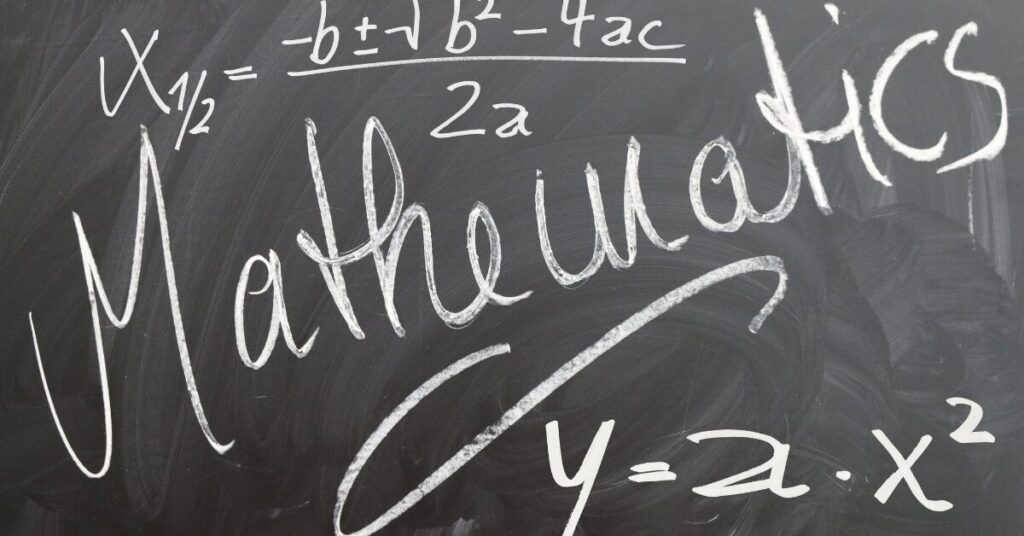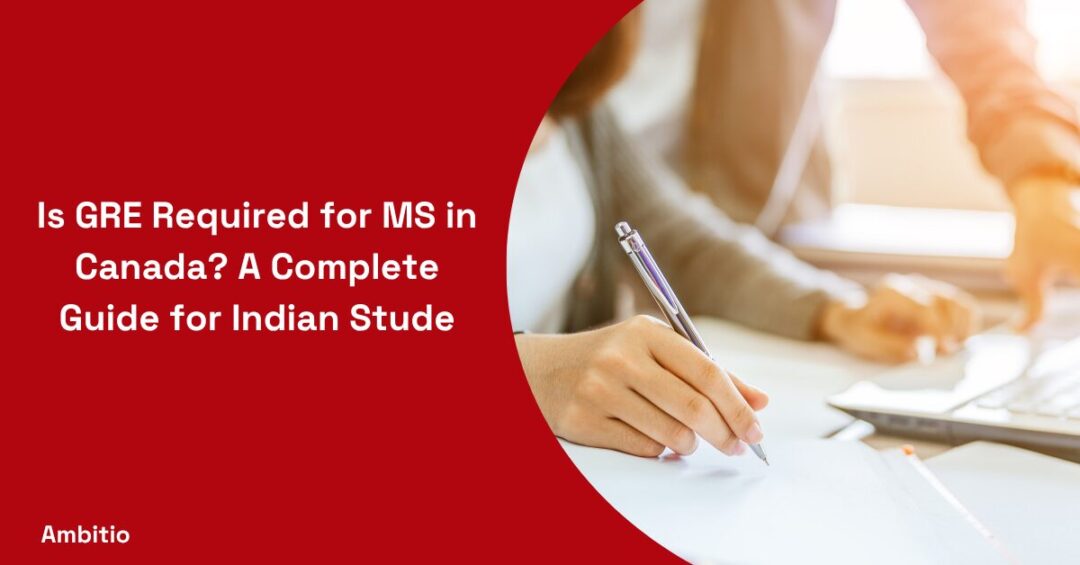19 May 2025
6 minutes read
What Are GRE Age And GRE Math Word Problem Questions?

Key Takeaways
- Start by defining variables clearly to keep the problem organized and manageable.
- Pay close attention to wording; it’s the key to setting up accurate equations.
- Consistent practice and careful review are essential for mastering GRE age problems.
Did you know that nearly 30% of GRE test-takers struggle the most with word problems, particularly those involving age calculations? These types of questions can be deceptively simple yet surprisingly tricky, often tripping up even the most prepared candidates.
Age-related GRE math problems can be a real headache. They require you to think beyond the numbers, translating complex scenarios into equations under time pressure. It’s not just about knowing the math—it’s about interpreting the problem correctly, avoiding common pitfalls, and managing the stress that comes with these high-stakes exams. But with the right approach, breaking down these problems becomes much more manageable.
What are GRE Age Problems?
GRE Age Problems are a specific type of word problem in the Quantitative Reasoning section of the GRE, where you need to calculate someone’s current age based on various clues about their age now, in the past, or in the future.

These problems often involve setting up algebraic equations to find the unknown age and can sometimes include multiple people or different timeframes, making them more complex. While they might seem straightforward, mastering them requires a good understanding of algebra and logical reasoning, which is why many students turn to a prep course or a comprehensive GRE course to sharpen their skills. Make sure to get your basics right, as in whether GRE has negative marking or not.
GRE Age Problem Practice Questions
With the right skills and time management, you can crack GRE in one month. Here, you will find a series of practice problems designed to enhance your ability to solve age-related questions.
Question 1
Minerva is 18 years older than Nicole. In two years, Minerva will be three times as old as Nicole. How old is Minerva now?
Solution:
Let NN = Nicole’s current age.
Then, Minerva’s age = N+18N+18.
In two years, Minerva’s age = N+20N+20 and Nicole’s age = N+2N+2.
Set up the equation: N+20=3(N+2)N+20=3(N+2).
Solve for NN to find Minerva’s current age.
Question 2
John is three years older than his sister. In five years, the sum of their ages will be 50. How old is John now?
Solution:
Let SS = sister’s present age.
Then, John’s age = S+3S+3.
In five years, their ages will be S+5S+5 and S+8S+8.
Set up the equation: (S+5)+(S+8)=50(S+5)+(S+8)=50.
Solve for SS to find John’s current age.
Question 3
Samantha is twice as old as her sister. In 4 years, Samantha will be 5 years older than her sister. How old is Samantha now?
Solution:
Let SS = sister’s present age.
Then, Samantha’s age = 2S2S.
In 4 years, their ages will be S+4S+4 and 2S+42S+4.
Set up the equation: 2S+4=(S+4)+52S+4=(S+4)+5.
Solve for SS to find Samantha’s current age.
Question 4
The sum of Jill and Mark’s ages is 50. In 3 years, the sum of their ages will be 56. How old is Jill now?
Solution:
Let JJ = Jill’s current age.
Then, Mark’s age = 50−J50−J.
In 3 years, their ages will be J+3J+3 and (50−J)+3(50−J)+3.
Set up the equation: (J+3)+((50−J)+3)=56(J+3)+((50−J)+3)=56.
Solve for JJ to find Jill’s current age.
Question 5
Ethan is 5 years older than his brother. In 2 years, the ratio of their ages will be 3:2. How old is Ethan now?
Solution:
Let BB = brother’s present age.
Then, Ethan’s age = B+5B+5.
In 2 years, their ages will be B+2B+2 and (B+5)+2(B+5)+2.
Set up the equation: (B+2)/((B+5)+2)=3/2(B+2)/((B+5)+2)=3/2.
Solve for BB to find Ethan’s current age.

Question 6
The sum of Lily and Emma’s ages is 45. In 6 years, the sum of their ages will be 57. How old is Lily now?
Solution:
Let LL = Lily’s present age.
Then, Emma’s age = 45−L45−L.
In 6 years, their ages will be L+6L+6 and (45−L)+6(45−L)+6.
Set up the equation: (L+6)+((45−L)+6)=57(L+6)+((45−L)+6)=57.
Solve for LL to find Lily’s current age.
Question 7
Sophia is 3 years younger than her cousin. In 5 years, Sophia will be twice as old as her cousin. How old is Sophia now?
Solution:
Let CC = cousin’s present age.
Then, Sophia’s age = C−3C−3.
In 5 years, their ages will be C+5C+5 and (C−3)+5(C−3)+5.
Set up the equation: (C−3)+5=2(C+5)(C−3)+5=2(C+5).
Solve for CC to find Sophia’s current age.
Tips on Solving Age Questions in Quantitative Reasoning
Getting a grip on age questions in the GRE Quantitative Reasoning section can be easier with the right approach. Crack GRE in 2 months or less with these tips. Here are five essential tips and tricks to help you tackle these problems effectively:
Define Variables Clearly
When faced with an age problem on the GRE, the first step is to clearly define variables for each person’s current age. For example, if the problem involves two people, you might assign their ages as xxx and yyy. This simple step is crucial because it allows you to translate the word problem into algebraic equations. Defining variables from the start also keeps the information organized, which reduces the likelihood of confusion as you work through the problem. Always write down what each variable represents before you move on to the next step.
Understand the Wording
The wording of age problems can be tricky, so it’s essential to pay close attention to phrases like “x years ago,” “in y years,” or “twice as old.” These phrases often indicate how the variables relate to each other over time. For instance, if a problem states that someone was twice as old as another person five years ago, you’ll need to create an equation that reflects this past relationship. Misinterpreting these phrases is a common mistake, so take your time to fully understand the context before setting up your equations.
Set Up Equations Step-by-Step
Break the problem down into manageable parts. Set up equations one step at a time to avoid confusion. Prepare your GRE action plan in such a way that it helps you master these aspects of problem solving.
Practice Regularly
Consistent practice is key. Use free GRE resources to familiarize yourself with different age problem formats and improve your speed and accuracy.
Check Your Work
After solving an age problem, it’s important to review your work. Double-check the equations you set up to ensure they correctly reflect the relationships described in the problem. Go through your calculations to verify that you haven’t made any simple arithmetic errors. It’s easy to overlook small details under pressure, but a quick review can help you catch mistakes that could lead to incorrect answers. Taking the time to check your work can make the difference between getting the problem right or wrong, so don’t skip this final step. Also, choose the best books for GRE quant to help you accelerate the process.
Conclusion
Solving age problems on the GRE doesn’t have to be overwhelming. By following these steps—defining variables, paying attention to details, and practicing regularly—you can approach these questions with confidence. With consistent effort and the right strategies, you’ll be better prepared to tackle any age problem that comes your way on test day. Keep your GRE admit card handy.
Transform Your GRE Results: Ambitio’s GRE Bootcamp Makes Excellence Achievable! Shift your GRE outcomes from good to great with our targeted approach, focusing on areas that yield the most significant score improvements.
FAQs
Why are age problems common on the GRE?
Age problems test your ability to translate real-world scenarios into algebraic equations, a key skill in Quantitative Reasoning.
How can I quickly identify the variables in an age problem?
Look for references to current, past, or future ages to determine what the variables should represent.
What’s the best way to practice age problems without getting overwhelmed?
Start with simple problems and gradually increase the complexity as you gain confidence.
How do I avoid common mistakes in age-related GRE questions?
Carefully read the problem multiple times to ensure you understand the relationships before setting up your equations.
Are there specific strategies for managing time while solving age problems on the GRE?
Focus on setting up equations quickly and accurately; this will save time during the calculation phase.
Can age problems appear in different formats on the GRE?
Yes, they can vary in complexity, involving multiple people, time frames, or relationships.
What should I do if I get stuck on an age problem during the GRE?
Move on to another question and return to the problem later with a fresh perspective.

You can study at top universities worldwide!
Get expert tips and tricks to get into top universities with a free expert session.
Book Your Free 30-Minute Session Now! Book a call now




























